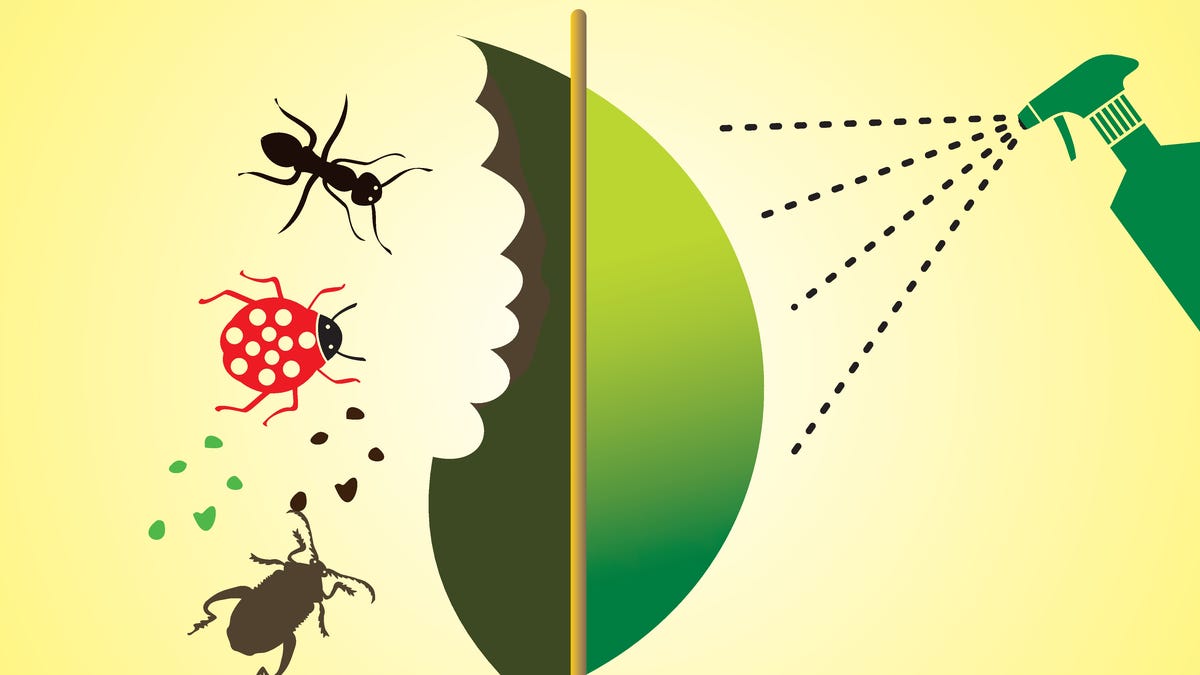Have you heard? Linoleum flooring is making a comeback—the eco-friendly flooring is popping up in bright colors and modern designs in homes across the map. With the flooring trend expected to be among the most popular of the year, according to interior designers, understanding how to clean linoleum floors is quickly becoming crucial.
Due to their common placement in high-traffic areas, regular maintenance is key to preserving linoleum floors’ luster. We asked the cleaning experts for advice on how to clean linoleum floors. With their tips and these step-by-step instructions, you’ll be able to keep them looking freshly installed for years to come.
Caring for Linoleum Flooring
Durability is linoleum’s superpower. Made from renewable materials, linoleum can last a lifetime if properly tended to. “Its antimicrobial properties help it naturally resist dust and microbes, making it even easier to maintain,” says Lauren Houser of Zep Inc., a leading cleaning formula company. However, linoleum flooring can still build up dirt and become stained and scuffed if not properly cared for.
Generally, floors should be thoroughly cleaned once a week (though they may need more frequent attention in high-traffic homes). Cleaning professional Marla Mock adds that you should dust and vacuum regularly to keep floors fresh between deeper cleans.
It also pays to be proactive, says Houser. Prevent damage by placing felt pads under furniture, cleaning up spills promptly to avoid staining, and using entryway mats to catch dirt before it can be tracked onto (and potentially scratch) your floors. And never place a latex or rubber-backed rug on linoleum flooring, cautions Mock, as these can also leave behind unsightly stains.
KatarzynaBialasiewicz / Getty Images
How to Clean Linoleum Floors
Because of its protective finish, linoleum can be sensitive to abrasive cleaners. “Avoid ammonia-based cleaners, which can strip the floor’s polish and cause damage,” advises Mock. If you opt to use a commercial floor cleaner, make sure it is pH neutral. Steam mops are also not appropriate for linoleum, as they can cause the floor to become damaged or warped, cautions Houser.
Materials Needed:
- Broom or vacuum
- Mop
- Baking soda
- 1 gallon hot water
- 1 cup white vinegar
- Dish soap
- Soft-bristled scrub brush or sponge
- Clean towels
- Linoleum-safe floor polish (every 6-12 months)
- Clean tennis ball (optional)
- Essential
Instructions:
- Start by sweeping or vacuuming up any debris. (This will help prevent scratches as you mop.) Use a clean tennis ball to gently rub out tough black scuff marks.
- Sprinkle baking soda evenly over the floor.
- Mix 1 gallon of hot water, 1 cup of vinegar, and a few drops of dish soap.
- Mop the floor with the DIY cleaning solution.
- For stubborn stains, use a soft scrub brush to apply the cleaning solution by hand. Working in sections, gently scrub away dirt and stains. (Avoid using any abrasive sponges or tools that could scratch the linoleum.)
- Mop again with clean water to rinse away baking soda and soap residue. If desired, add 5-10 drops of an essential oil to the water for their antibacterial properties and pleasant smell.
- Dry the floor thoroughly with clean towels.
- After the floor has completely dried, apply a linoleum-safe floor polish. Re-apply every 6-12 months, depending on the level of foot traffic in your home.






:max_bytes(150000):strip_icc()/GettyImages-1543972552-1a6670801629452591b5afb8ee65f9f1.jpg)

